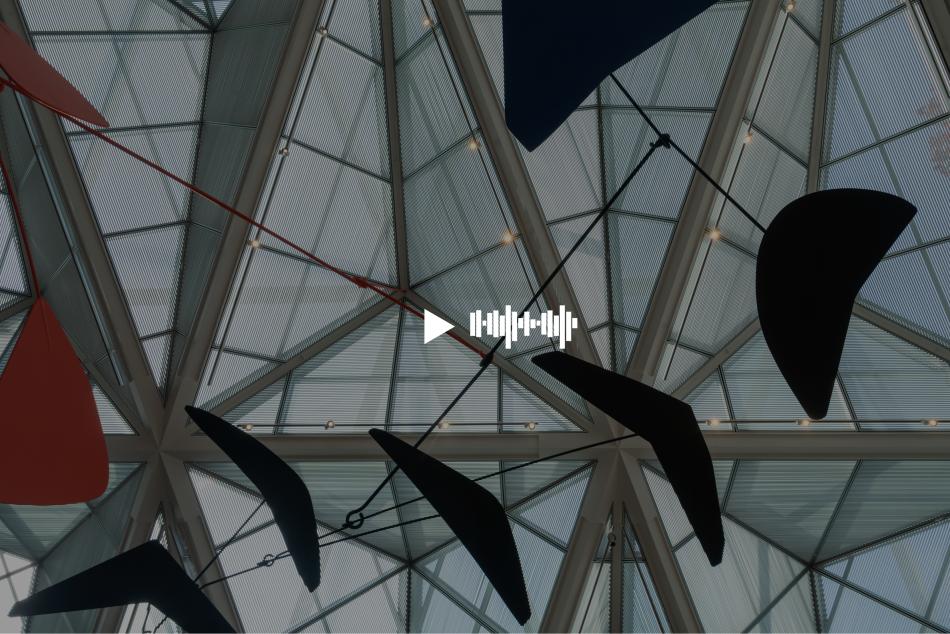NARRATOR:
This portrait, made about 1786, is an early work by the Spanish painter Francisco de Goya.
Philip Conisbee.
PHILIP CONISBEE:
“What will strike you about this portrait is that it’s full-length and life size. So this tells us right away that it was a rather grand sitter. And, in fact, she was the Marquesa de Pontejos. She married the Spanish ambassador to Portugal, who was also the brother of the King of Spain’s first minister. So she moved in the very top circles. And she is shown with her pet pug dog in the lower right hand corner, quite a charming little fellow he is.”
NARRATOR:
Pugs were popular with European royalty-- this one sports a pink ribbon with bells, matching the pink sash that draws attention to his mistress’s tiny, tightly corseted waist. The painting probably celebrates the sitter’s marriage, which took place when she was 24 years old.
PHILIP CONISBEE:
“And she is shown as the attractive young woman she was, maybe a little stiff-looking but then we have to allow for the formalities of upper class life in late 18th-century Spain. She’s wearing this fabulous gray dress with beautiful white bows there are roses stitched to the dress all around, probably artificial roses. And roses have long been symbols of love. This is one of the indicators to us that it’s a wedding portrait. Also she’s holding a carnation which is another symbol of passion and fidelity.”
“We associate this kind of elaborate costume with French fashions in the 18th century. You think of Marie-Antoinette and a sitter such as this would have been a great admirer of French fashion and French ideas.”
NARRATOR:
Since 1700, Spain had been ruled by the Bourbons, relatives of the French royal family. In fact, Goya was eventually appointed court painter to Charles IV, the Bourbon king of Spain, giving him easy access to the upper levels of society.
PHILIP CONISBEE:
“You will see that the face is quite finely painted. He clearly did this from observation. The dress is more freely handled with broad sweeping strokes of the brush, giving a real sense of the lightness and airiness of the lace and the tulle.”
NARRATOR:
The landscape background is also freely worked in delicate pastel shades that give it a lyrical, fairytale quality.
PHILIP CONISBEE:
“It’s an early work. He hasn’t quite got into that dark romantic mood which perhaps we more readily associate with his name.”
NARRATOR:
Elsewhere in this gallery you’ll find other, later portraits by Goya, with more somber colors and darker backgrounds.



